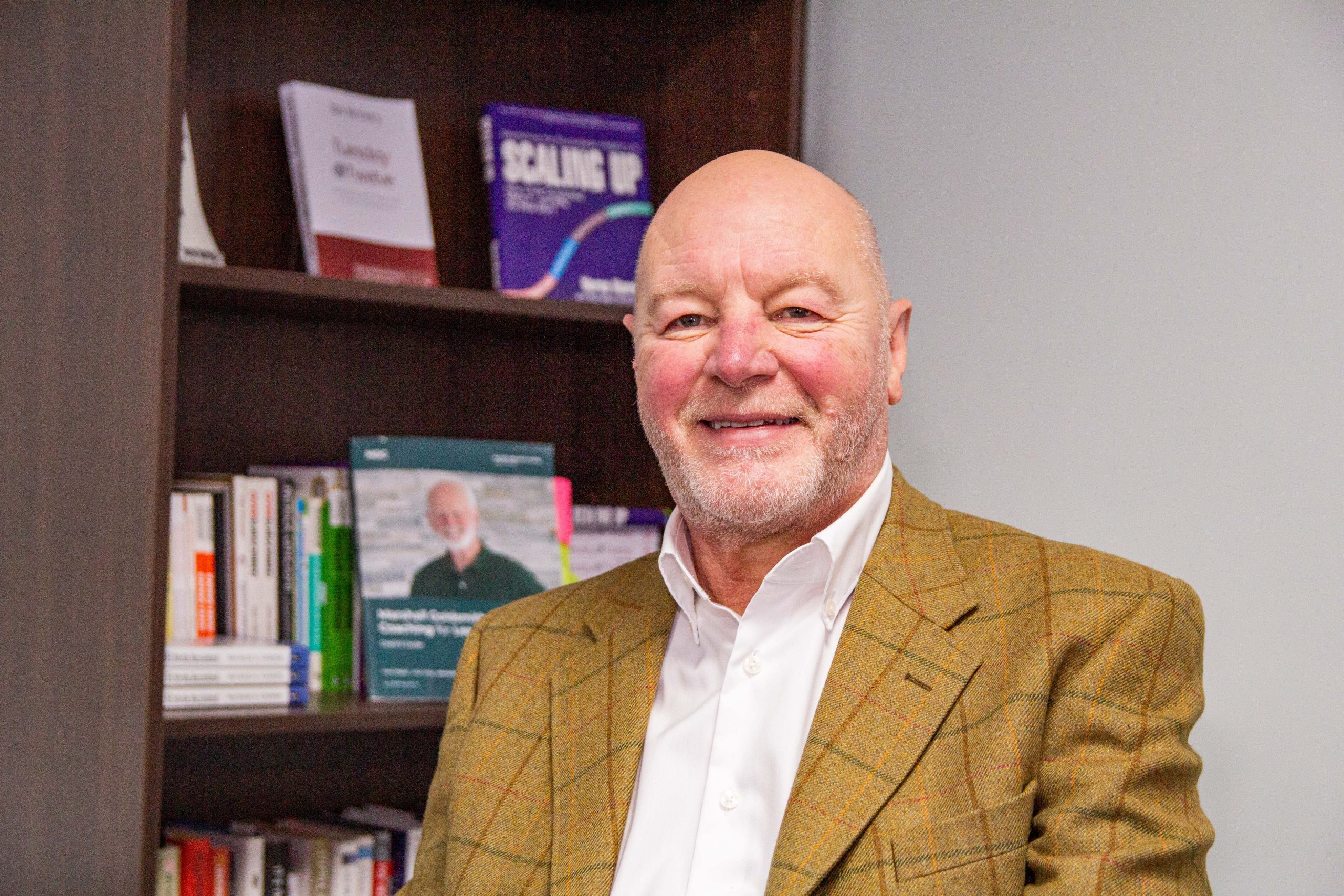Making workplace wellbeing a priority
In an increasingly fast-paced commercial world, North East business coach Ian Kinnery tells NET it is imperative leaders prioritise their wellbeing - for the good of themselves and their teams.

How fit do you need to be to run a company?
It is a question that has lingered with me for decades, ever since a newspaper reporter asked it to an American chief executive who was the picture of poor health.
Do you really need to be able to run a four-minute mile to manage people?
Of course not.
But there’s a reason chief executives – or CEOs – are often referred to as chief energy officers.
Energy truly is a prerequisite for any business leader.; it is nigh on impossible to find the headspace to lead an organisation – and be there for staff – if you are forever running on fumes.
Yet striking the right mix between our health and careers is a delicate balancing act.
As business leaders, we all want success and growth.
But it mustn’t come at any cost.
We are all finite, and research shows none of us are indestructible.
It was something I explored last year with my ‘Save the Entrepreneur’ campaign, which found that, for many at the top of the North East’s business ladder, the mental struggles were all too real.
Additionally, polling by the Wall Street Journal found the role has left many chief executives frazzled.
In total, 82 per cent experienced exhaustion akin to burnout, while just four per cent believed their mental health hadn’t declined in the top seat.
Be it New York or Newcastle, research shows the pressures facing business leaders are simply immense.
Yet when you are working 90-hour weeks, or have the strain of delivering for shareholders, how do you find time to look after yourself?
The answer is that you must.
As a leader, one of your most vital duties is to be able to connect with your staff.
Once fatigue kicks in, your key emotional resources are no longer there.

And once that happens, how can you be the empathetic, person-focused leader your staff count on?
If you are exhausted, how good is your decision-making?
And how can you seriously expect to understand the needs of your Gen Z employees if you don’t have enough emotional energy left?
This year, my latest campaign is on ‘The Changing World of Work’, and one of the key things I’ve explored is the role of wellbeing in the modern workplace.
One person who can testify to the importance of prioritising their wellbeing is Laura Ashurst, who recently joined me on my YouTube series to discuss the role it had played in making her one of Britain’s longest stage-four cancer survivors.
She prioritised her wellbeing, and is living proof to just how beneficial that can be.
Over the past 19 years I’ve coached hundreds of leaders, changed their perception through coaching conversations and supported them in scaling their business.
They’ve also grown as individuals and are now empowered with the right tools, and knowledge on how to use them, to work smarter – not harder – to help them succeed.
And while business leaders may not necessarily need to be elite athletes physically, much like sportsmen and women, having a good coach in your corner can make a difference when it comes to success.
The golfer Tiger Woods perhaps summed it up best.
When asked why he had so many coaches, he simply replied, ‘Because I can’t see my own swing’.
And like Tiger’s swing, sometimes you need someone else’s perspective to fine-tune your game.
So yes, make workplace wellbeing a priority – but it must start at the top.
It must start with you.
September 17, 2024
- Ideas & Observations
